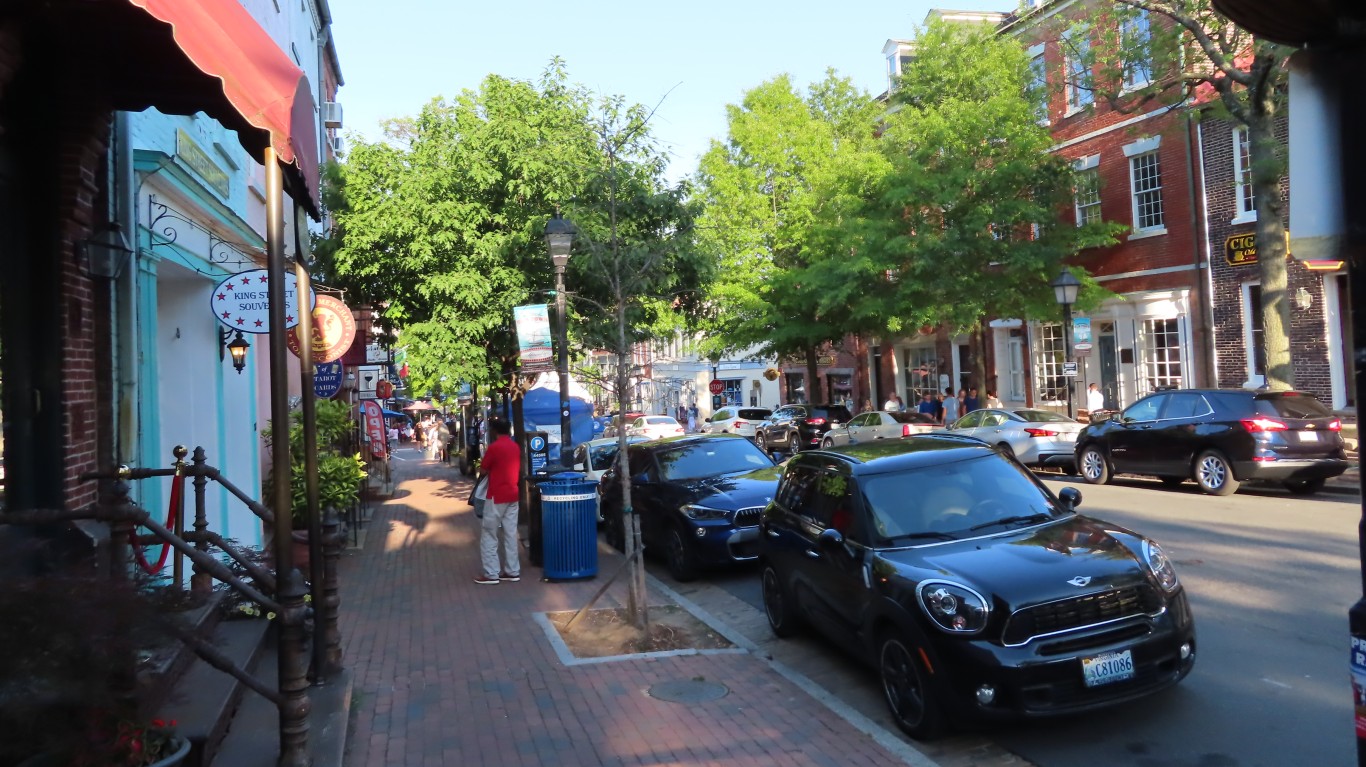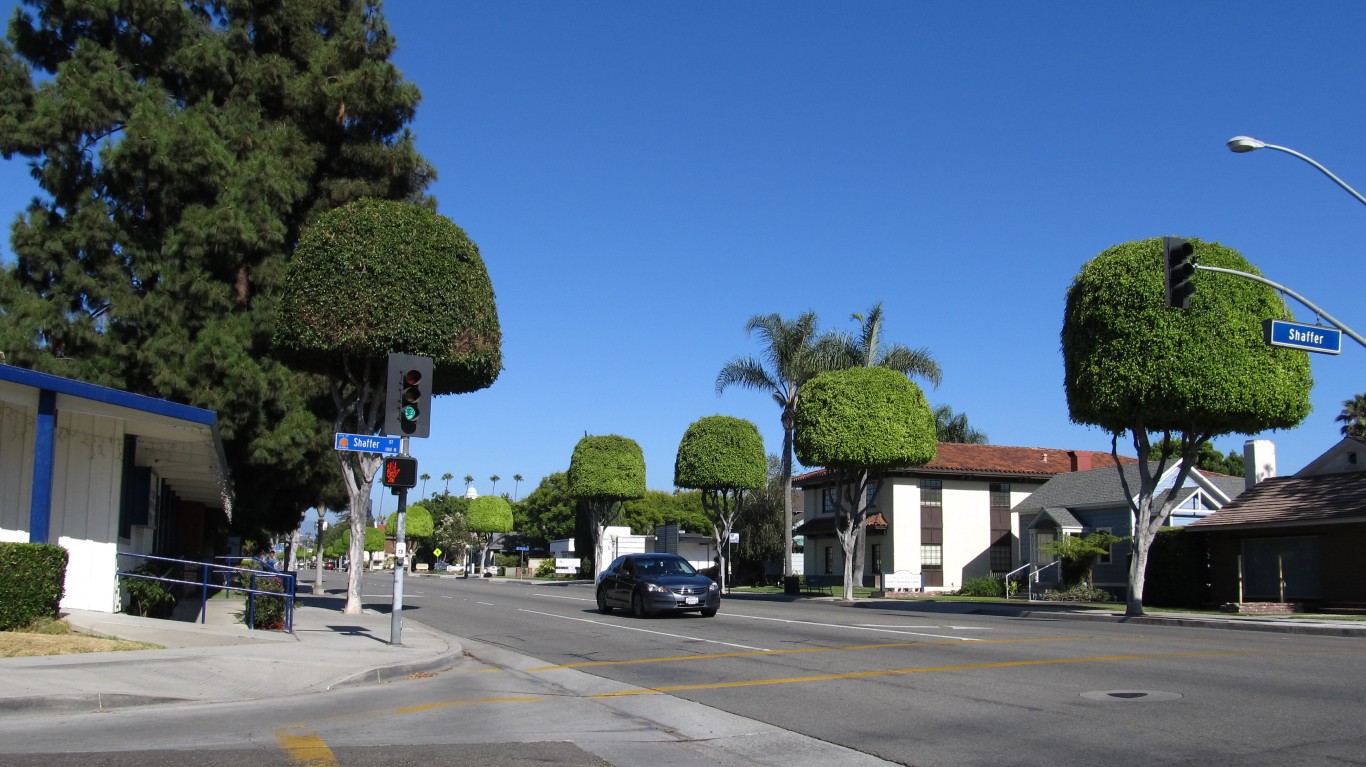
The general consensus seems to be that Elon Musk has made a hash of Twitter (er, X) – but when it comes to electric vehicles, he rules the road. Founded in 2003 in California (not by Musk, who subsequently bought his way in) and now based in Texas, Tesla, Inc. is the major player – so far – in the BEV or battery-electric vehicle market. Its midsize crossover SUV, dubbed Model Y, sold about 243,800 units in 2022, according to the data site Statista. Teslas in general hold a 57% market share in the category – more than six-and-a-half times the share held by second-place Chevrolet.
Electric vehicles are nothing new. Cleveland-based Baker Motor Vehicle produced an electric-powered two-seater in 1899; Thomas Edison bought one – the first car he owned – and the White House ordered some examples for its automobile fleet.
Electric cars were pushed off the streets by refinements in the internal combustion engine and an abundance of cheap gasoline, as well as their limited range and the paucity of recharging facilities. (These are the 13 biggest electric vehicle failures in American history.)
Times have changed, though. These days, gas costs $4-$5 a gallon in many places; there are more than 160,000 charging stations around the country; and the luxury Lucid Air, made by a company co-founded by a former Tesla VP, can run for an estimated 516 miles between plug-ins. Of course, it costs $139,650, which might encourage some car buyers to look for a vehicle with a shorter range and a lower price tag. (Here’s a list of the cheapest electric vehicles you can buy.)
One thing is certain: Electric cars are here to stay. They’re expected to account for about a third of all car and truck purchases in the U.S. by 2030. The Bipartisan Infrastructure Law, signed by President Biden in late 2021, provides $7.5 billion for new charging stations. This August, Connecticut became the first state to mandate that only zero-emission vehicles may be sold within its borders as of 2035, and at least eight other states are expected to pass similar initiatives.
In the meantime, to compile a list of the best cities for electric vehicles, 24/7 Tempo reviewed a study conducted by Roof Gnome, a solar installation information company. The site drew data from 10 governmental and non-governmental sources, including Allstate, the FBI, the National Highway Traffic Safety Administration, and the U.S. Department of Energy to rank the 200 largest U.S. cities according differently weighted metrics in four categories: infrastructure (charging stations, EBV repair facilities, etc.), cost (insurance, electricity), incentives (number of tax breaks and other considerations), and safety (including number of traffic accidents and car thefts).
Click here to see the best cities for electric vehicles
Only 10 states are represented in the top 40 cities on the list, with environment-conscious (and car-crazy) California landing the most places – 17 in all. That’s not surprising, but the No. 2 state might well be: It’s Texas, whose culture and economy have traditionally been built around the extraction of fossil fuels. Maybe that’s a sign that the switch to electric vehicles really is inevitable.

40. Santa Clarita, California
> Infrastructure rank:137/200
> Cost rank:58/200
> Incentives rank:54/200
> Safety rank:26/200
> Overall score:44.62
[in-text-ad]
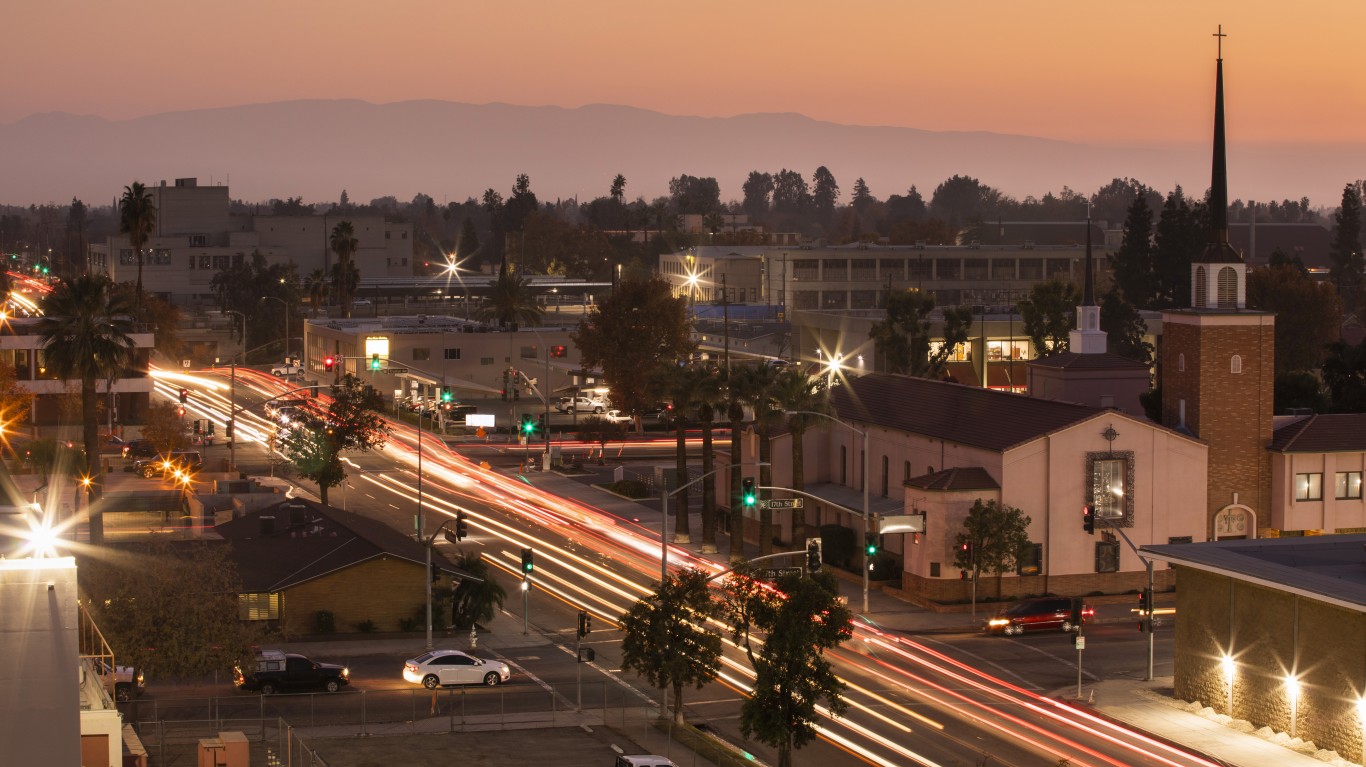
39. Bakersfield, California
> Infrastructure rank:57/200
> Cost rank:143/200
> Incentives rank:22/200
> Safety rank:168/200
> Overall score:44.66

38. Cincinnati, Ohio
> Infrastructure rank:75/200
> Cost rank:51/200
> Incentives rank:24/200
> Safety rank:177/200
> Overall score:44.73

37. Torrance, California
> Infrastructure rank:23/200
> Cost rank:62/200
> Incentives rank:88/200
> Safety rank:74/200
> Overall score:44.86
[in-text-ad-2]
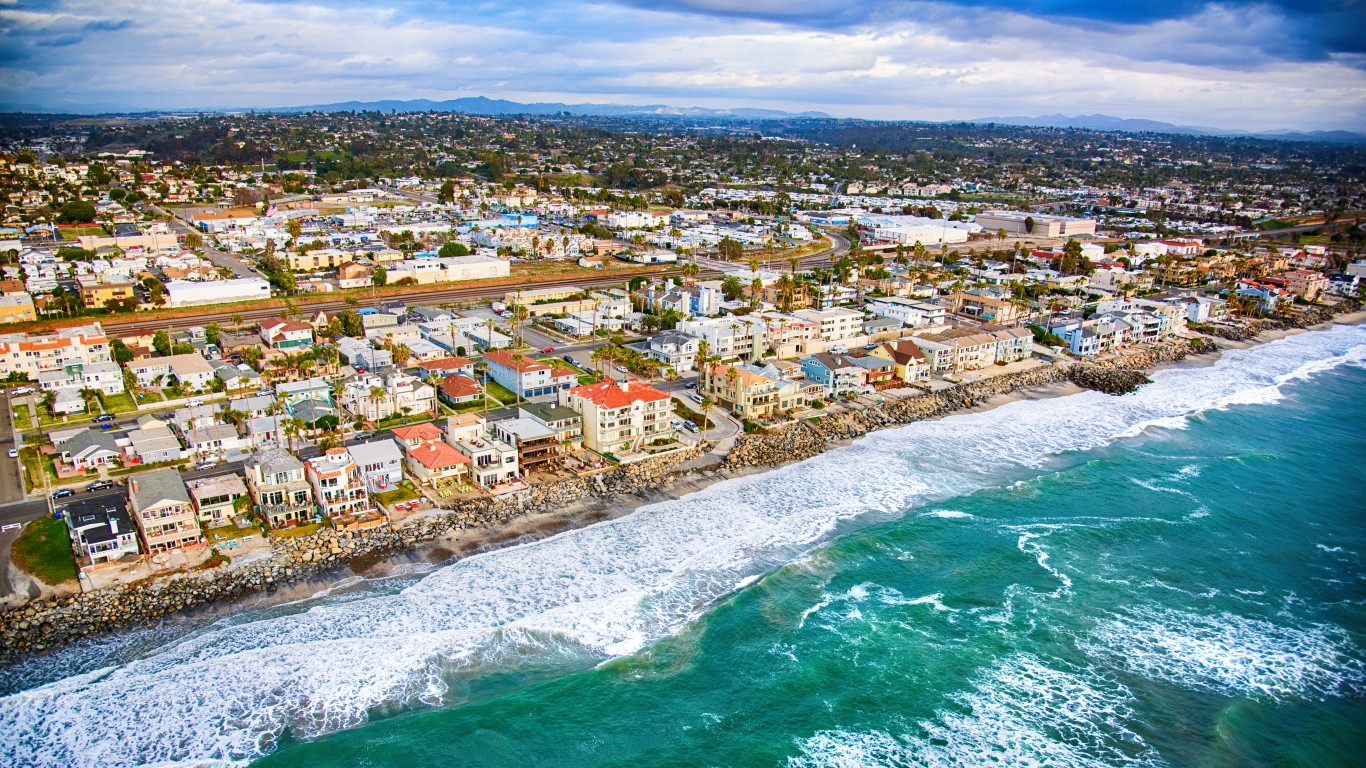
36. Oceanside, California
> Infrastructure rank:44/200
> Cost rank:119/200
> Incentives rank:52/200
> Safety rank:68/200
> Overall score:45.09
35. Carrollton, Texas
> Infrastructure rank:188/200
> Cost rank:40/200
> Incentives rank:13/200
> Safety rank:35/200
> Overall score:45.2
[in-text-ad]

34. Lakewood, Colorado
> Infrastructure rank:106/200
> Cost rank:43/200
> Incentives rank:30/200
> Safety rank:111/200
> Overall score:45.36
33. Elk Grove, California
> Infrastructure rank:102/200
> Cost rank:25/200
> Incentives rank:71/200
> Safety rank:21/200
> Overall score:45.36

32. Sunnyvale, California
> Infrastructure rank:26/200
> Cost rank:5/200
> Incentives rank:102/200
> Safety rank:61/200
> Overall score:45.5
[in-text-ad-2]

31. Denton, Texas
> Infrastructure rank:192/200
> Cost rank:79/200
> Incentives rank:8/200
> Safety rank:100/200
> Overall score:45.5

30. Frisco, Texas
> Infrastructure rank:143/200
> Cost rank:4/200
> Incentives rank:68/200
> Safety rank:28/200
> Overall score:45.55
[in-text-ad]

29. Riverside, California
> Infrastructure rank:74/200
> Cost rank:138/200
> Incentives rank:14/200
> Safety rank:133/200
> Overall score:45.81
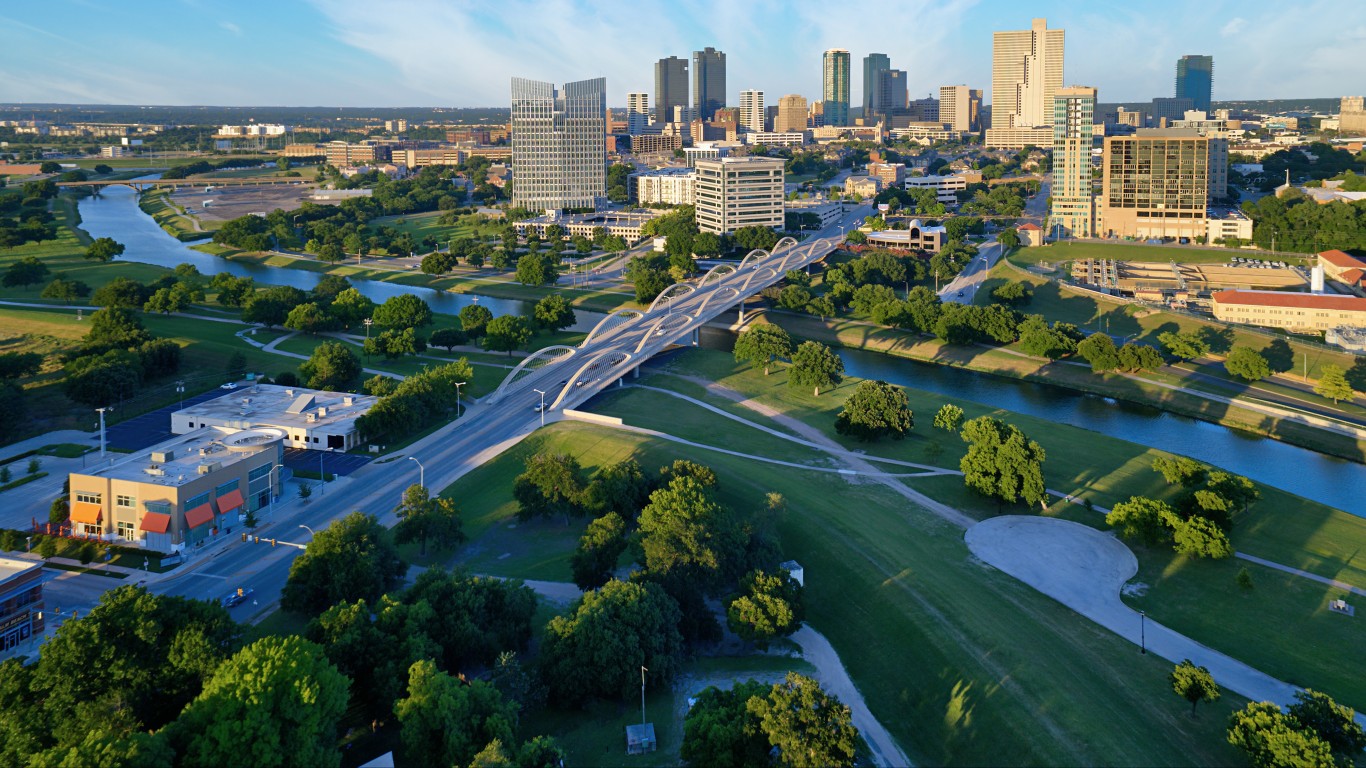
28. Fort Worth, Texas
> Infrastructure rank:21/200
> Cost rank:76/200
> Incentives rank:50/200
> Safety rank:135/200
> Overall score:45.87
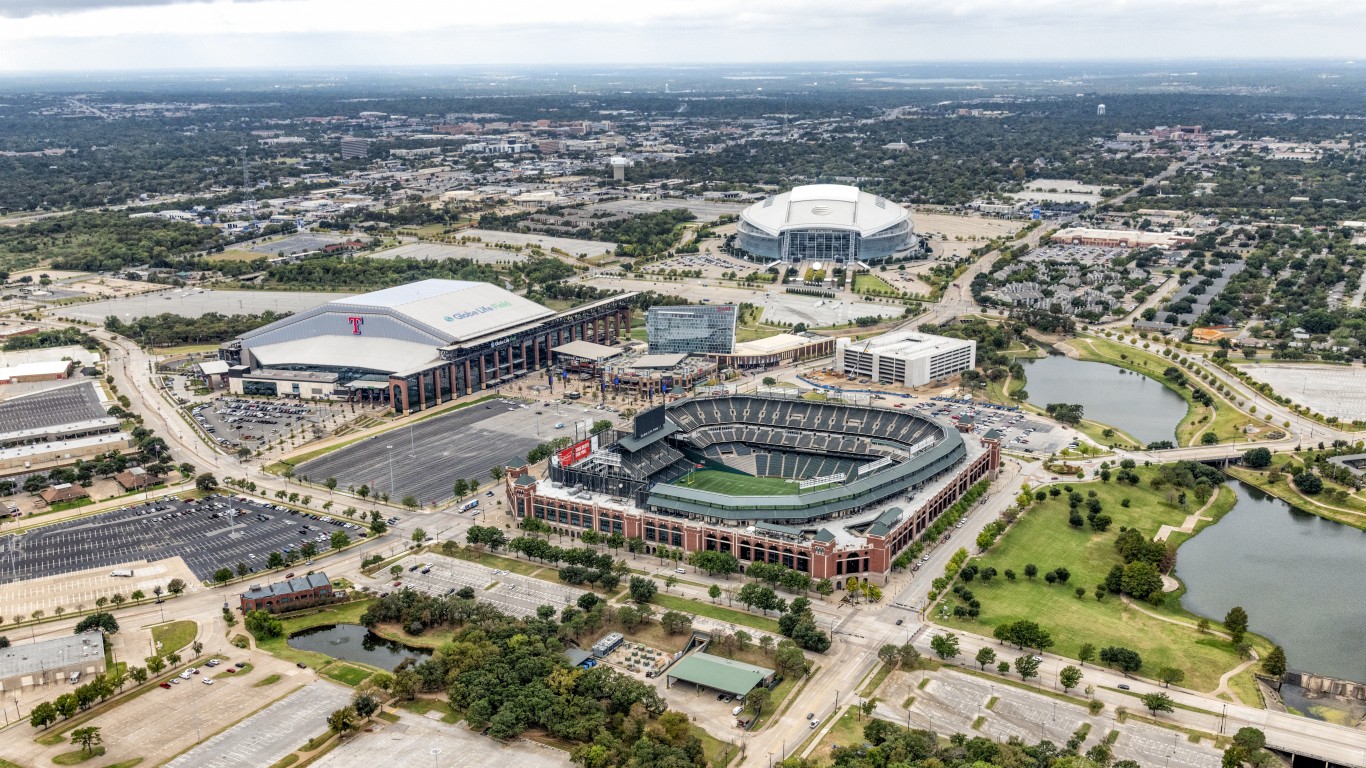
27. Arlington, Texas
> Infrastructure rank:135/200
> Cost rank:106/200
> Incentives rank:10/200
> Safety rank:155/200
> Overall score:45.88
[in-text-ad-2]
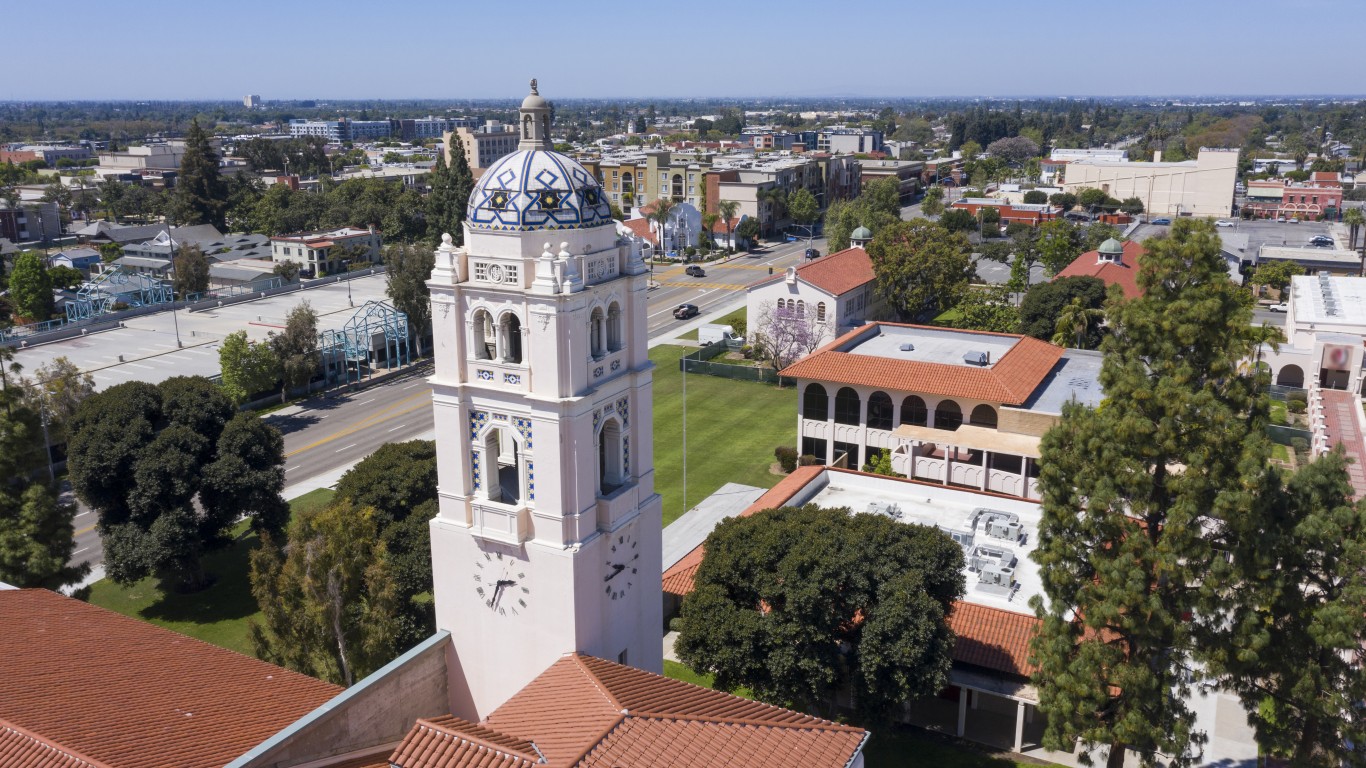
26. Fullerton, California
> Infrastructure rank:52/200
> Cost rank:67/200
> Incentives rank:41/200
> Safety rank:77/200
> Overall score:46.06

25. Brownsville, Texas
> Infrastructure rank:184/200
> Cost rank:171/200
> Incentives rank:20/200
> Safety rank:2/200
> Overall score:46.27
[in-text-ad]
24. McKinney, Texas
> Infrastructure rank:196/200
> Cost rank:16/200
> Incentives rank:27/200
> Safety rank:24/200
> Overall score:47.04

23. Sacramento, California
> Infrastructure rank:22/200
> Cost rank:103/200
> Incentives rank:25/200
> Safety rank:172/200
> Overall score:47.2

22. Honolulu, Hawaii
> Infrastructure rank:27/200
> Cost rank:195/200
> Incentives rank:6/200
> Safety rank:121/200
> Overall score:47.4
[in-text-ad-2]

21. Anaheim, California
> Infrastructure rank:30/200
> Cost rank:118/200
> Incentives rank:18/200
> Safety rank:132/200
> Overall score:47.44

20. Huntington Beach, California
> Infrastructure rank:64/200
> Cost rank:49/200
> Incentives rank:33/200
> Safety rank:59/200
> Overall score:47.86
[in-text-ad]
19. Denver, Colorado
> Infrastructure rank:43/200
> Cost rank:26/200
> Incentives rank:17/200
> Safety rank:163/200
> Overall score:47.88
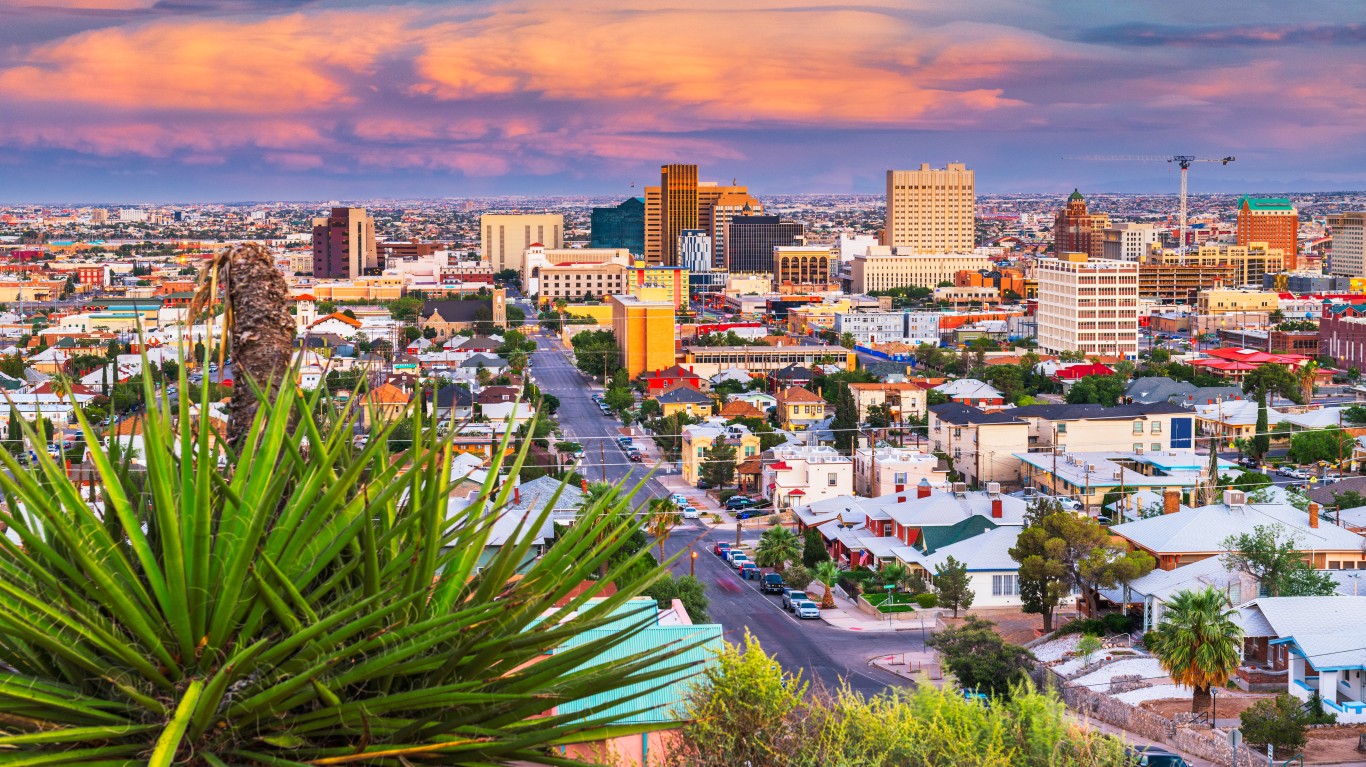
18. El Paso, Texas
> Infrastructure rank:49/200
> Cost rank:141/200
> Incentives rank:16/200
> Safety rank:53/200
> Overall score:48.33
17. Alexandria, Virginia
> Infrastructure rank:17/200
> Cost rank:11/200
> Incentives rank:91/200
> Safety rank:105/200
> Overall score:49.1
[in-text-ad-2]

16. San Jose, California
> Infrastructure rank:8/200
> Cost rank:12/200
> Incentives rank:43/200
> Safety rank:154/200
> Overall score:49.4

15. Scottsdale, Arizona
> Infrastructure rank:31/200
> Cost rank:8/200
> Incentives rank:56/200
> Safety rank:18/200
> Overall score:49.88
[in-text-ad]
14. Orange, California
> Infrastructure rank:13/200
> Cost rank:54/200
> Incentives rank:34/200
> Safety rank:51/200
> Overall score:50.27
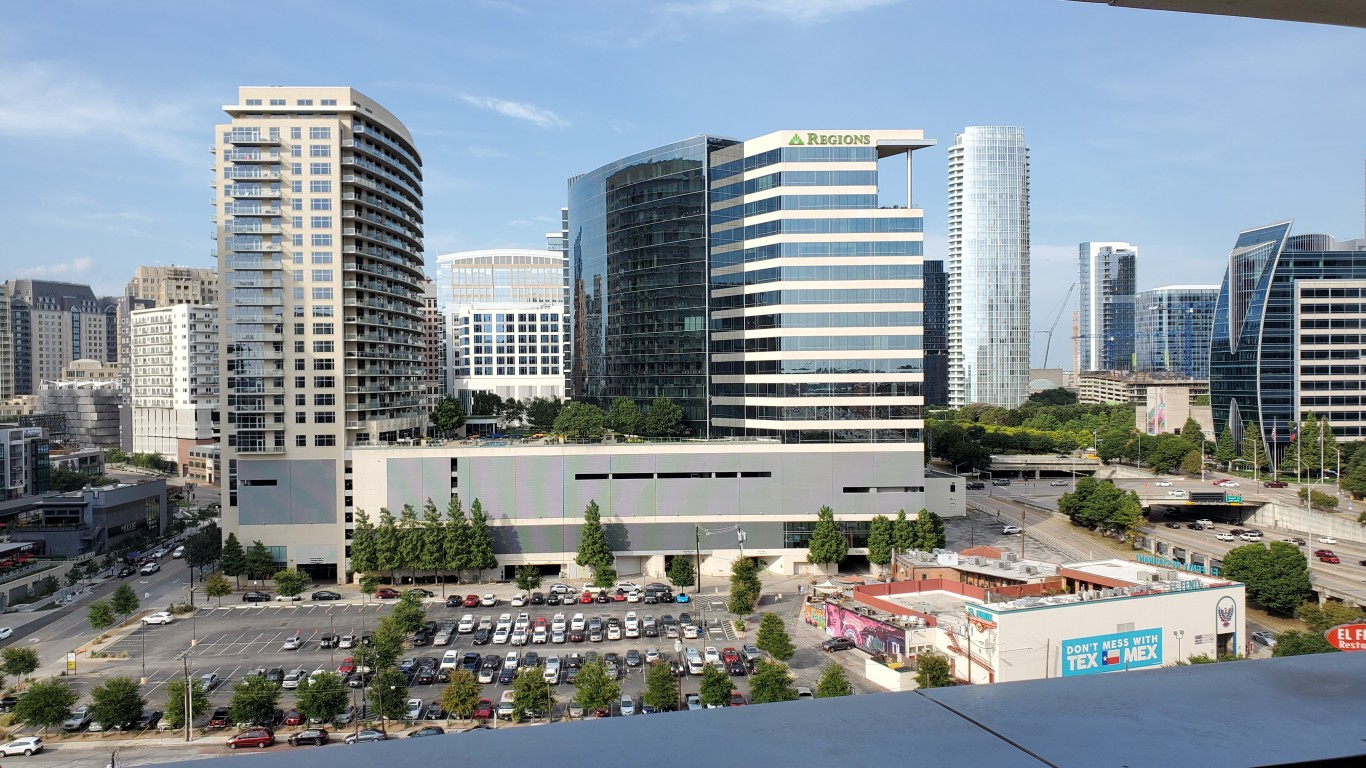
13. Plano, Texas
> Infrastructure rank:77/200
> Cost rank:14/200
> Incentives rank:12/200
> Safety rank:54/200
> Overall score:50.65

12. Philadelphia, Pennsylvania
> Infrastructure rank:83/200
> Cost rank:163/200
> Incentives rank:3/200
> Safety rank:136/200
> Overall score:51.01
[in-text-ad-2]

11. Austin, Texas
> Infrastructure rank:7/200
> Cost rank:21/200
> Incentives rank:19/200
> Safety rank:151/200
> Overall score:51.63

10. Chicago, Illinois
> Infrastructure rank:28/200
> Cost rank:52/200
> Incentives rank:9/200
> Safety rank:88/200
> Overall score:51.93
[in-text-ad]

9. San Francisco, California
> Infrastructure rank:47/200
> Cost rank:9/200
> Incentives rank:5/200
> Safety rank:134/200
> Overall score:52.42

8. San Antonio, Texas
> Infrastructure rank:5/200
> Cost rank:104/200
> Incentives rank:15/200
> Safety rank:153/200
> Overall score:53.08

7. Fort Collins, Colorado
> Infrastructure rank:104/200
> Cost rank:20/200
> Incentives rank:7/200
> Safety rank:10/200
> Overall score:53.43
[in-text-ad-2]

6. Colorado Springs, Colorado
> Infrastructure rank:68/200
> Cost rank:60/200
> Incentives rank:4/200
> Safety rank:60/200
> Overall score:53.81
5. Los Angeles, California
> Infrastructure rank:1/200
> Cost rank:93/200
> Incentives rank:23/200
> Safety rank:184/200
> Overall score:55.77
[in-text-ad]

4. New York, New York
> Infrastructure rank:12/200
> Cost rank:192/200
> Incentives rank:2/200
> Safety rank:23/200
> Overall score:55.86

3. Irvine, California
> Infrastructure rank:4/200
> Cost rank:27/200
> Incentives rank:29/200
> Safety rank:41/200
> Overall score:57.33

2. Houston, Texas
> Infrastructure rank:2/200
> Cost rank:96/200
> Incentives rank:11/200
> Safety rank:175/200
> Overall score:57.67
[in-text-ad-2]

1. San Diego, California
> Infrastructure rank:6/200
> Cost rank:59/200
> Incentives rank:1/200
> Safety rank:82/200
> Overall score:62.9
100 Million Americans Are Missing This Crucial Retirement Tool
The thought of burdening your family with a financial disaster is most Americans’ nightmare. However, recent studies show that over 100 million Americans still don’t have proper life insurance in the event they pass away.
Life insurance can bring peace of mind – ensuring your loved ones are safeguarded against unforeseen expenses and debts. With premiums often lower than expected and a variety of plans tailored to different life stages and health conditions, securing a policy is more accessible than ever.
A quick, no-obligation quote can provide valuable insight into what’s available and what might best suit your family’s needs. Life insurance is a simple step you can take today to help secure peace of mind for your loved ones tomorrow.
Click here to learn how to get a quote in just a few minutes.
Thank you for reading! Have some feedback for us?
Contact the 24/7 Wall St. editorial team.
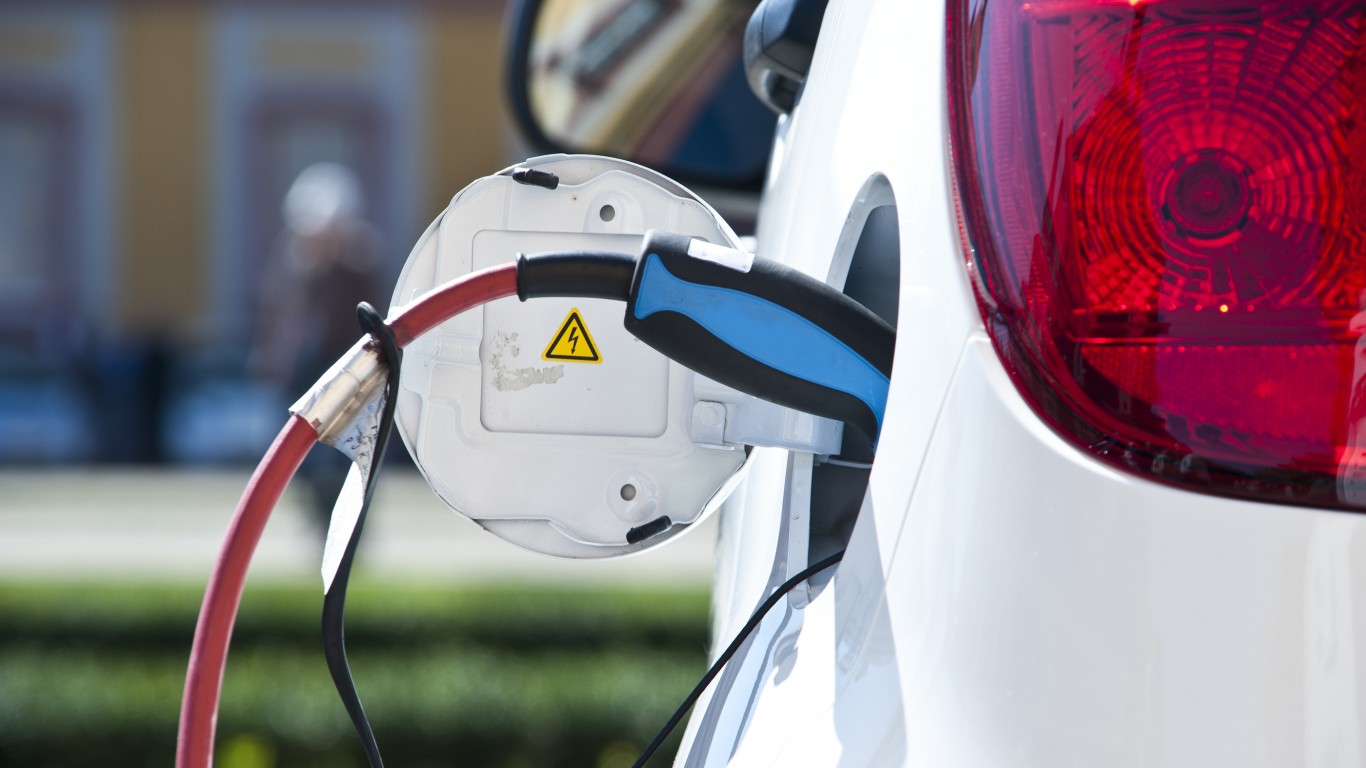 24/7 Wall St.
24/7 Wall St.
 24/7 Wall St.
24/7 Wall St.
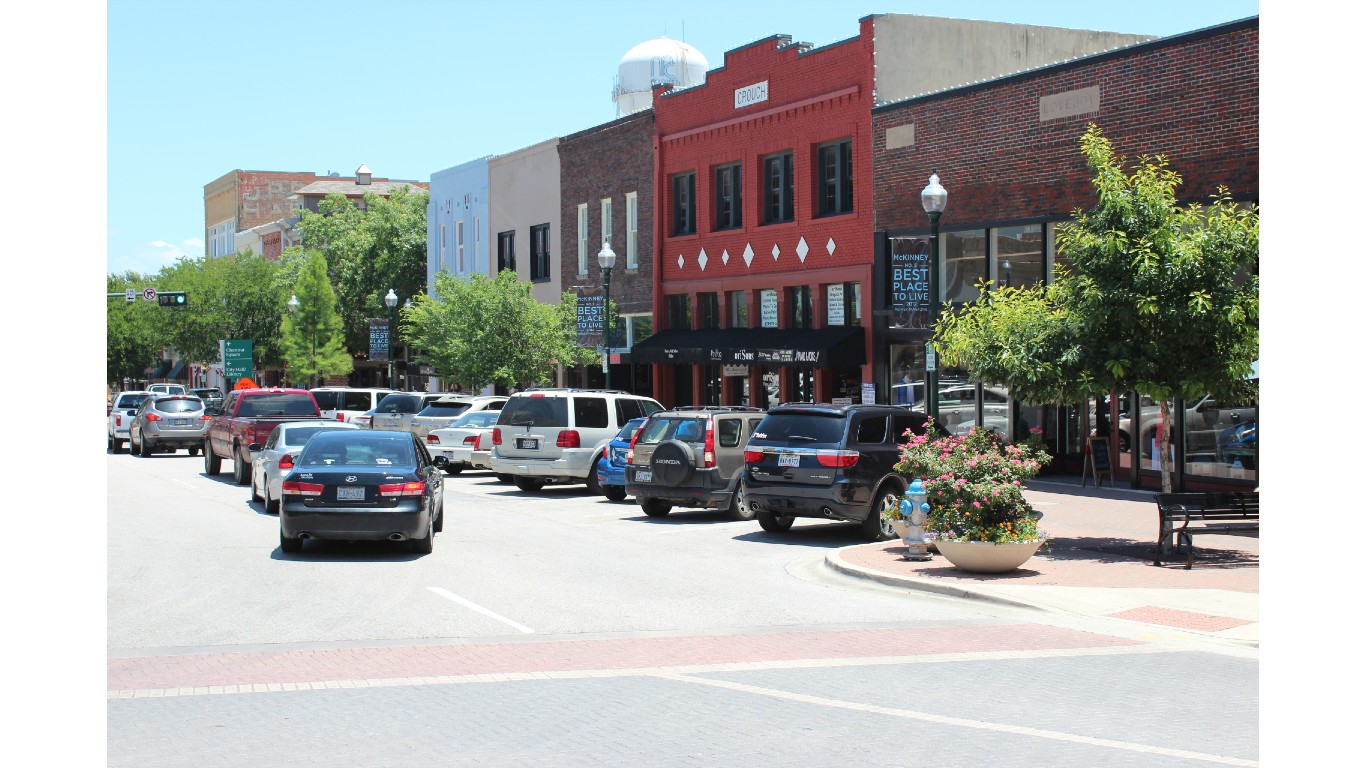
 24/7 Wall St.
24/7 Wall St.
